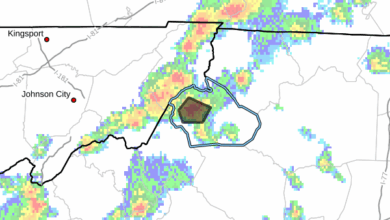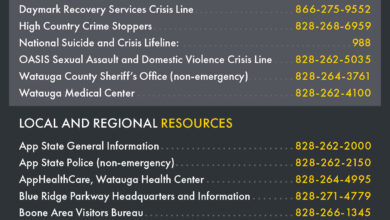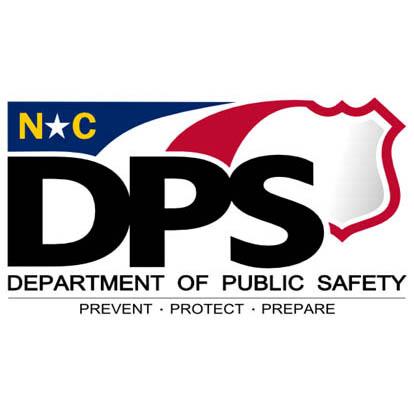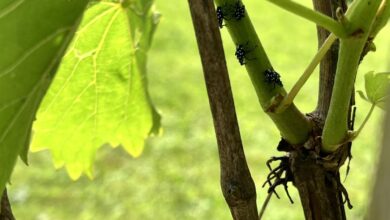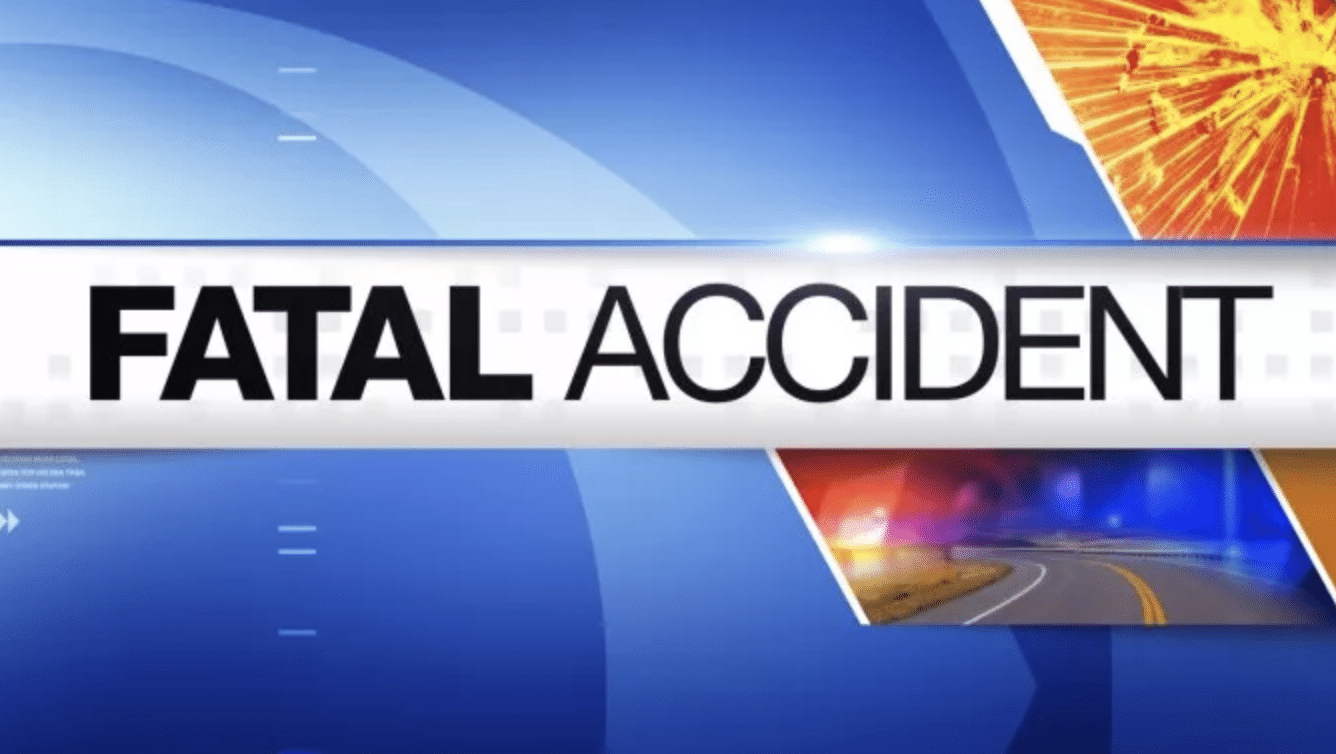Last Updated on January 9, 2014 11:04 am
The U.S. Department of Agriculture (USDA) has designated six counties in North Carolina as primary natural disaster areas due to excessive rain and flooding that began Jan. 1, 2013, and continues. Among those six counties the three in the High Country are Alleghany, Ashe & Wilkes. Counties not in the High Country are Granville, Polk and Harnett.
Farmers and ranchers in Watauga County, Johnson County Tennessee & Grayson County Virginia also qualify for natural disaster assistance because their counties are contiguous.
“Our hearts go out to those North Carolina farmers and ranchers affected by recent natural disasters,” said Agriculture Secretary Tom Vilsack. “President Obama and I are committed to ensuring that agriculture remains a bright spot in our nation’s economy by sustaining the successes of America’s farmers, ranchers, and rural communities through these difficult times. We’re also telling North Carolina producers that USDA stands with you and your communities when severe weather and natural disasters threaten to disrupt your livelihood.”
All counties listed above were designated natural disaster areas on Jan. 8, 2014, making all qualified farm operators in the designated areas eligible for low interest emergency (EM) loans from USDA’s Farm Service Agency (FSA), provided eligibility requirements are met. Farmers in eligible counties have eight months from the date of the declaration to apply for loans to help cover part of their actual losses. FSA will consider each loan application on its own merits, taking into account the extent of losses, security available and repayment ability. FSA has a variety of programs, in addition to the EM loan program, to help eligible farmers recover from adversity.
Additional programs available to assist farmers and ranchers include the Emergency Conservation Program, Federal Crop Insurance, and the Noninsured Crop Disaster Assistance Program. Interested farmers may contact their local USDA Service Centers for further information on eligibility requirements and application procedures for these and other programs. Additional information is also available online at http://disaster.fsa.usda.gov.
Secretary Vilsack also reminds producers that Congress has not funded the five disaster assistance programs authorized by the 2008 Farm Bill.These are SURE; the Livestock Indemnity Program (LIP); the Emergency Assistance for Livestock, Honey Bees, and Farm-Raised Fish (ELAP); the Livestock Forage Disaster Program (LFP); and the Tree Assistance Program (TAP). Production losses due to disasters occurring after Sept. 30, 2011, are not eligible for disaster program coverage.







